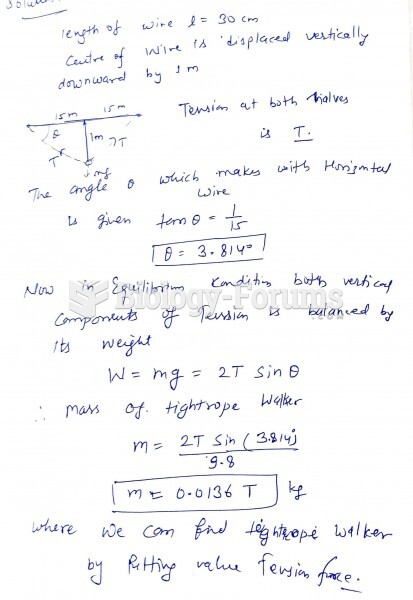|
|
|
If you could remove all of your skin, it would weigh up to 5 pounds.
Complications of influenza include: bacterial pneumonia, ear and sinus infections, dehydration, and worsening of chronic conditions such as asthma, congestive heart failure, or diabetes.
Vampire bats have a natural anticoagulant in their saliva that permits continuous bleeding after they painlessly open a wound with their incisors. This capillary blood does not cause any significant blood loss to their victims.
The tallest man ever known was Robert Wadlow, an American, who reached the height of 8 feet 11 inches. He died at age 26 years from an infection caused by the immense weight of his body (491 pounds) and the stress on his leg bones and muscles.
Looking at the sun may not only cause headache and distort your vision temporarily, but it can also cause permanent eye damage. Any exposure to sunlight adds to the cumulative effects of ultraviolet (UV) radiation on your eyes. UV exposure has been linked to eye disorders such as macular degeneration, solar retinitis, and corneal dystrophies.
 Bow shock formed by the magnetosphere of LL Orionis (center) as it collides with the Orion Nebula fl
Bow shock formed by the magnetosphere of LL Orionis (center) as it collides with the Orion Nebula fl
 A second jetliner approaches the south tower of the World Trade Center on September 11, 2001. The no
A second jetliner approaches the south tower of the World Trade Center on September 11, 2001. The no





